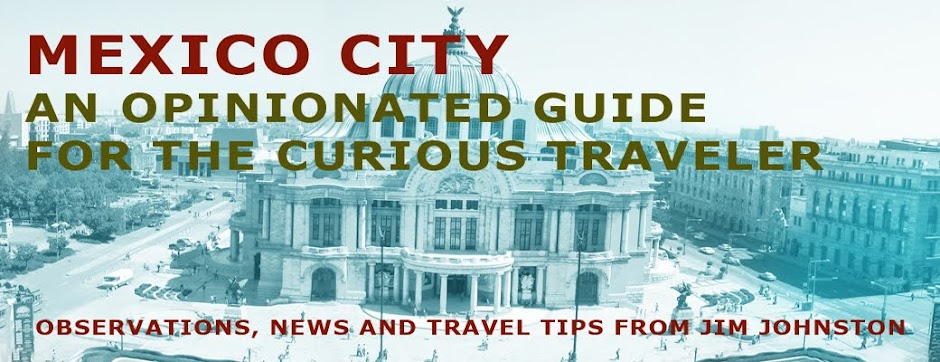 TLATELOLCO / PLAZA DE LAS TRES CULTURAS
TLATELOLCO / PLAZA DE LAS TRES CULTURAS
The ‘three cultures’ referred to here are represented by Aztec ruins, a Spanish Colonial church, and a huge apartment complex that was a benchmark of Mexican progress in the 1960’s.
For most Mexicans, however, the name Tlatelolco recalls the student uprising on October 2, 1968, which was brutally crushed by the Mexican army, and still hotly discussed today—it's usually referred to as the Tlatelolco massacre.
The ruins are similar to those of the Templo Mayor, but smaller. The recent addition of a new museum, El Centro Cultural Universitario Tlatelolco, is another reason to visit.
Located in a former government building designed in 1966 by Pedro Ramírez Vázquez (architect of the magnificent Museum of Anthropology, among other notable buildings), its exterior is severe, but the interior spaces are grand and inspiring. On the ground floor is a memorial to the events of 1968, a bit didactic (only in Spanish), but full of interesting documentary photos of the period. Upstairs is an art gallery, and also THE BEST VIEWS of the ruins and the church in the plaza. A permanent exhibit, Modern Art in Mexico 1900-1960, features works by masters such as Rivera, Tamayo, Orozco, and Siqueiros (a wierdly kitchy portrait of a girl done in auto enamel), and lesser known (outside of Mexico), but important artists such as Saturnino Herrán, Ángel Zárraga, Raul Anguiano, Olga Costa, and Dr. Atl. The most intersting thing to me was a collection of ‘naive’ paintings from the Escuela de Pintura al Aire Libre (Open Air School of Painting), a government program begun in 1913 which taught painting to children, teens and older working-class people. This does not rank as one of the city’s greatest art collections, but will be of definite interest to anyone seeking to learn more about 20th century Mexican art.
The plaza and museum are located about a mile north of Bellas Artes, at the corner of EJE CENTRAL (also called Lazaro Cardenas--enter ruins here) and RICARDO FLORES MAGON (enter museum here). Metro stops Tlatelolco (no. 3 line) or Garibaldi (no. 8 line) are both a bit of a walk from the site. Taking a pesera north on Reforma to Flores Magon will get you closer. Going back south, you can catch a bus (which runs against the flow of traffic) on Eje Central.

_by_Miguel_Covarrubias_photo_Jim_Johnston.jpg) Miguel Covarrubias
Miguel Covarrubias


